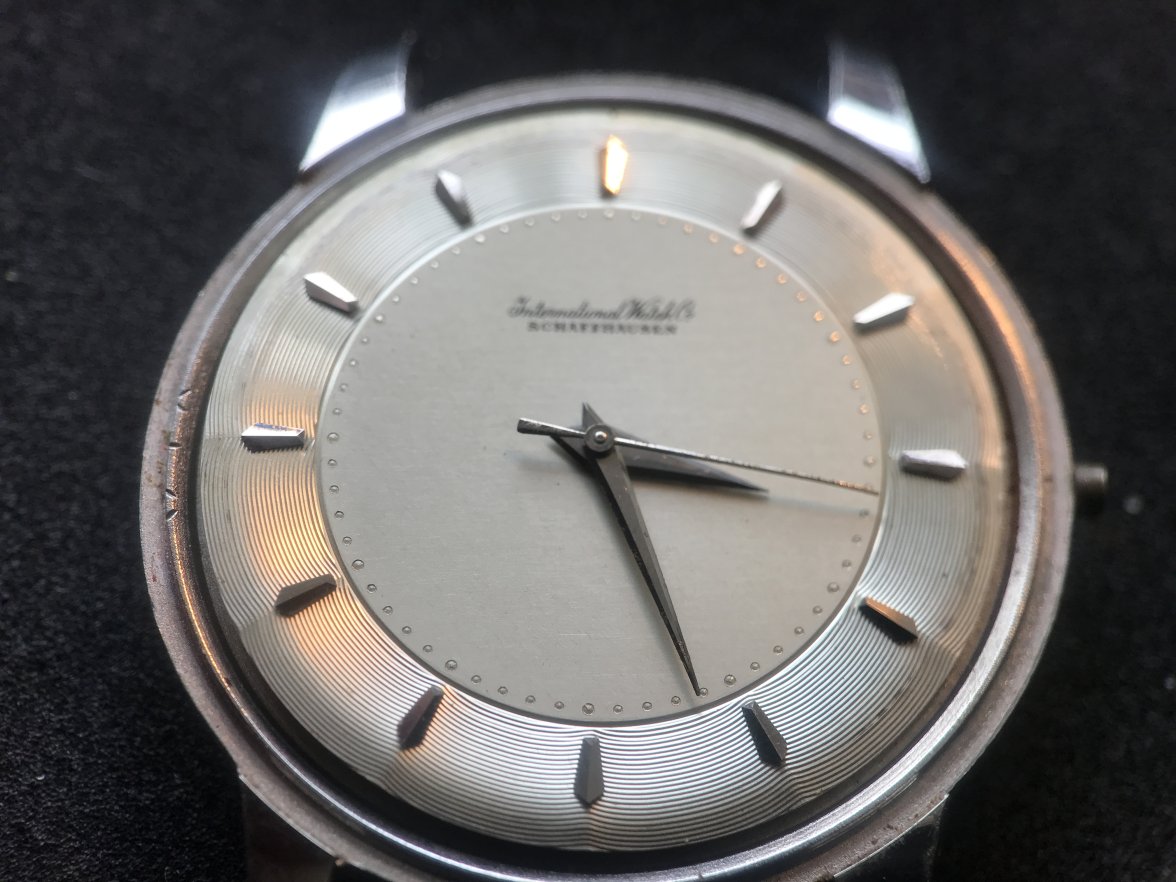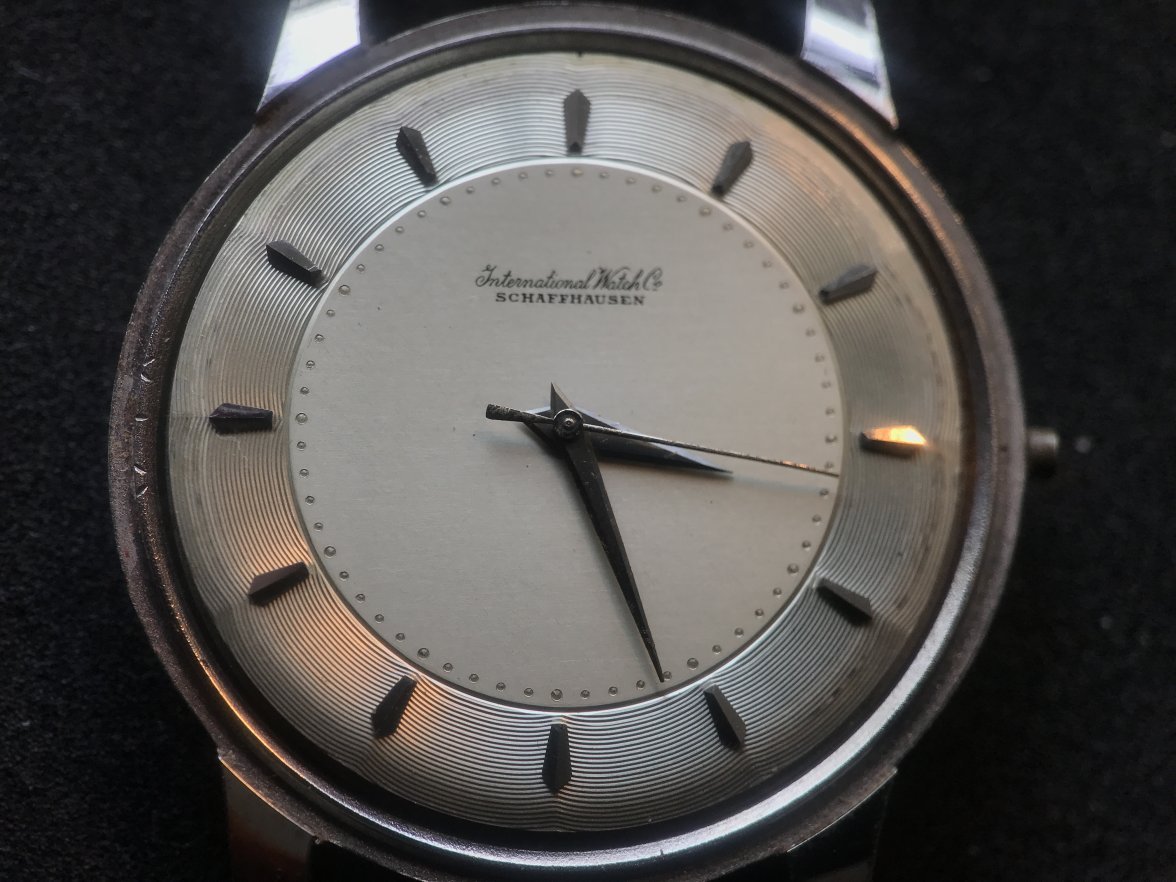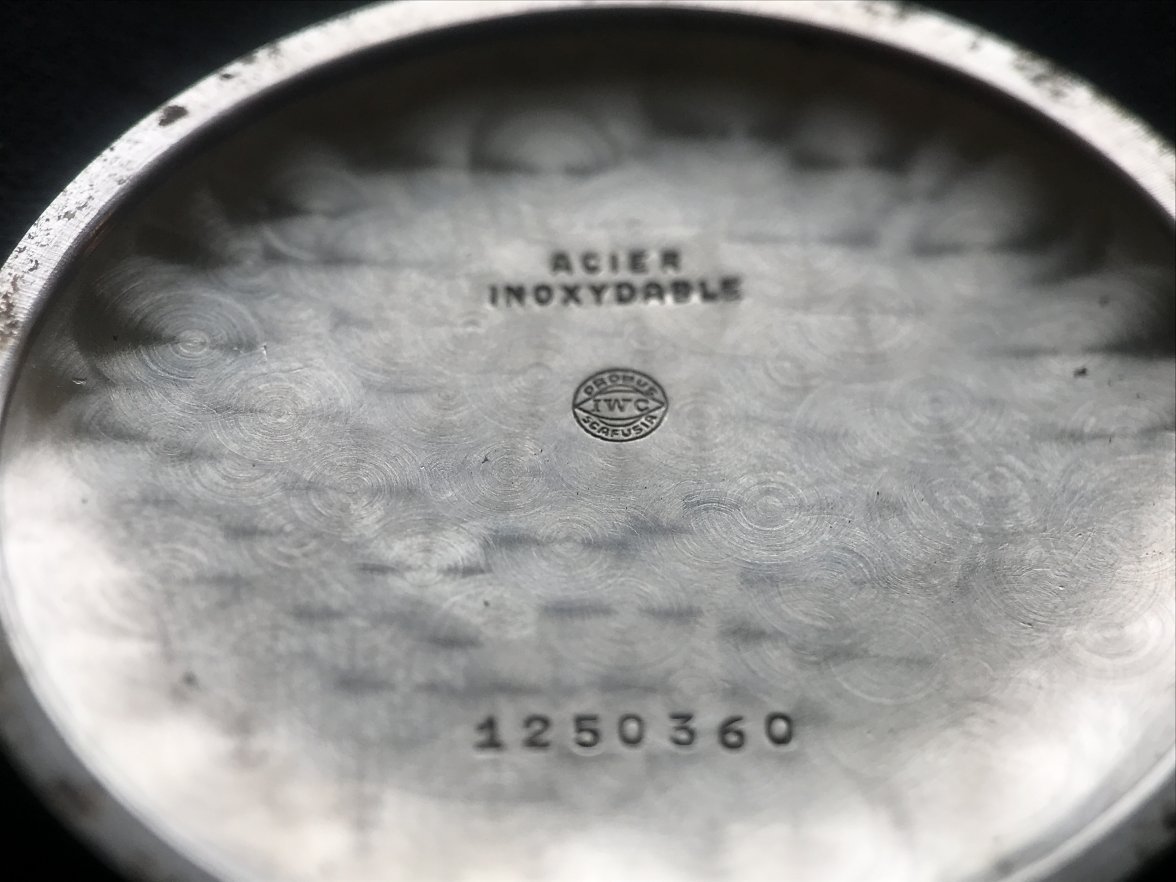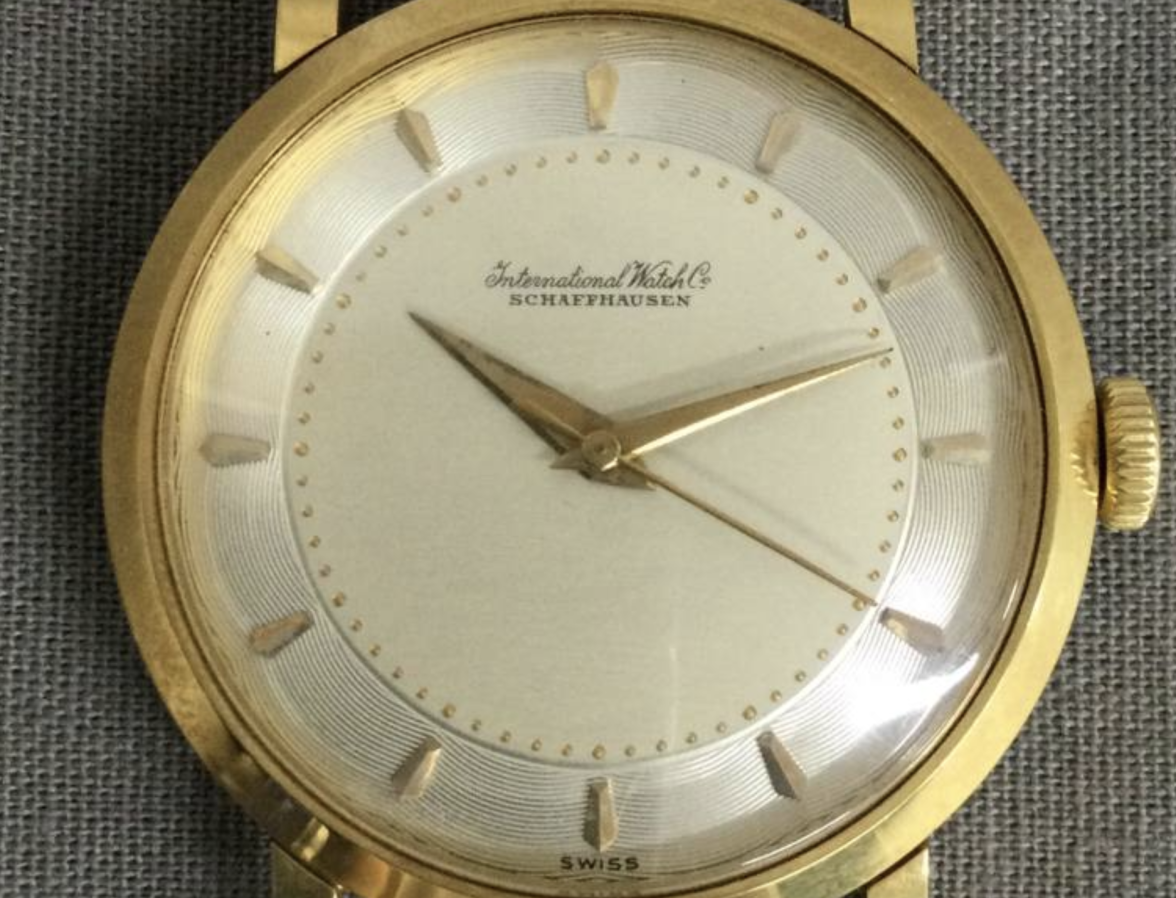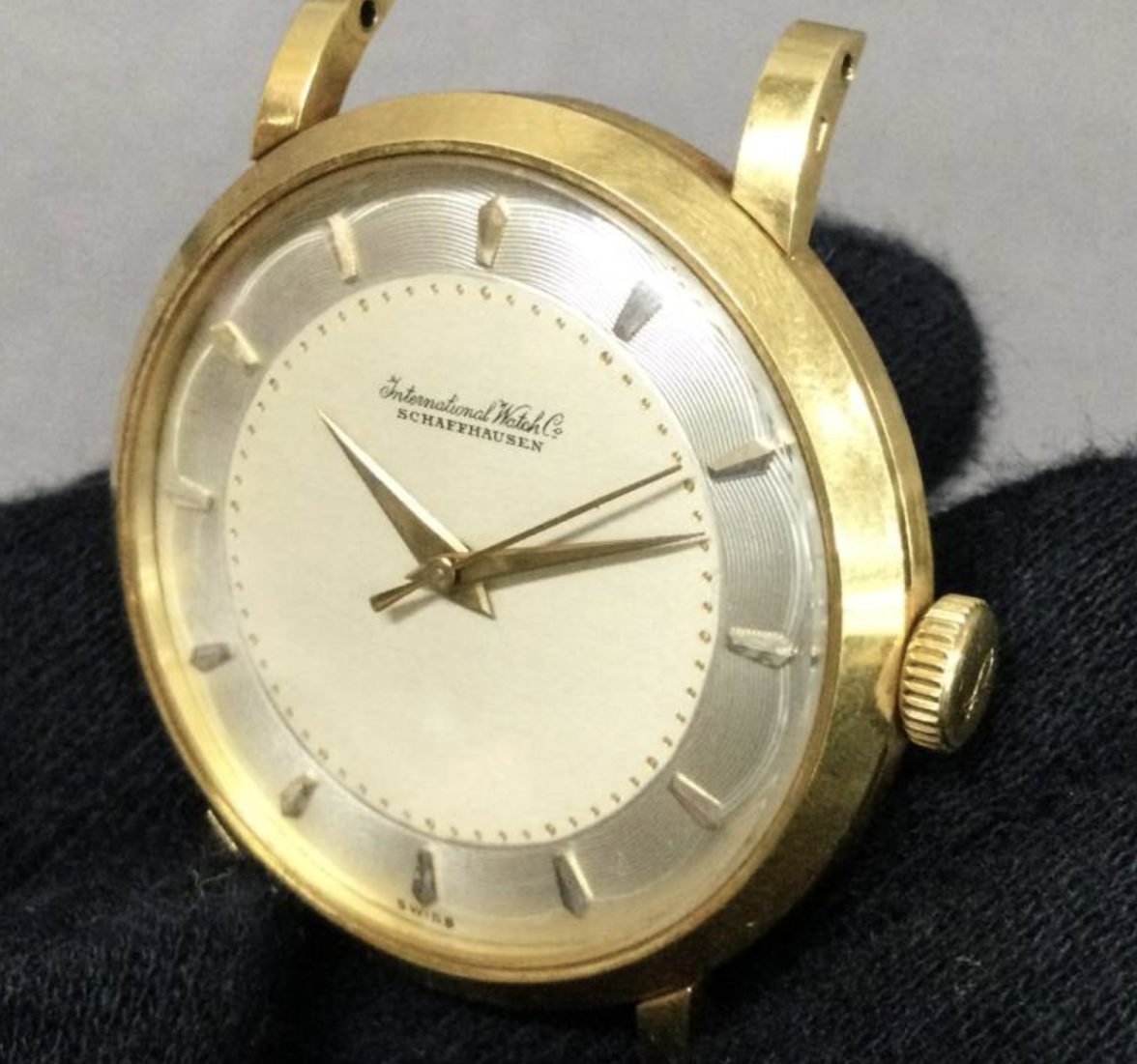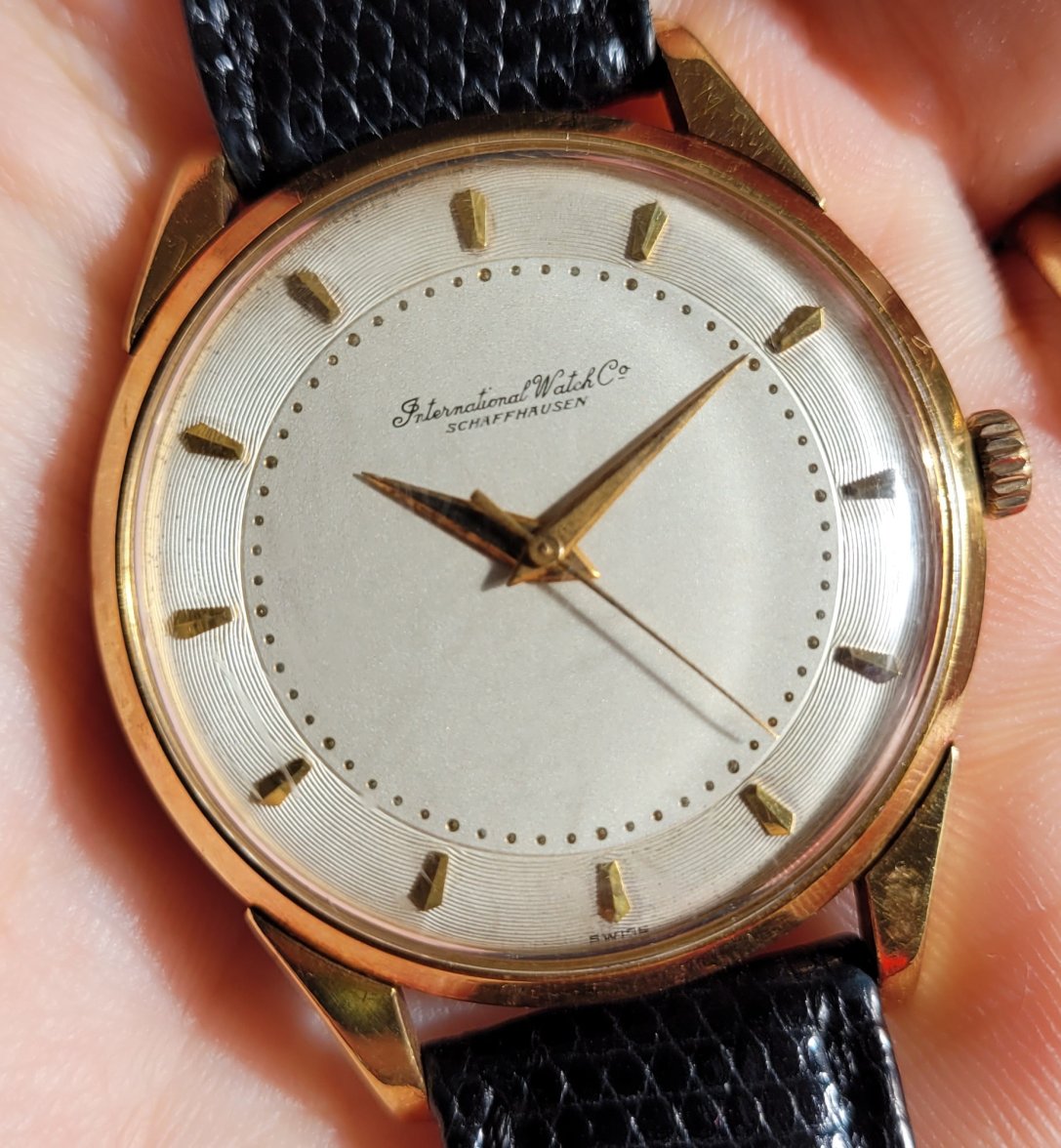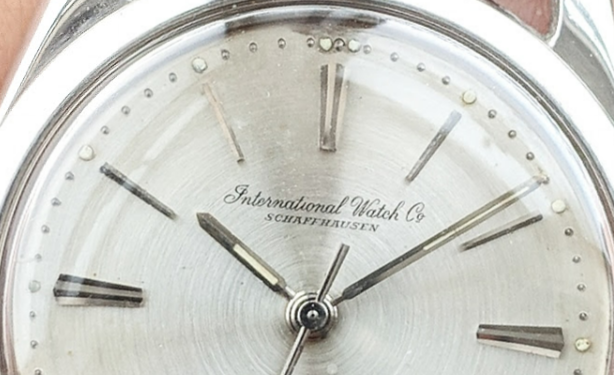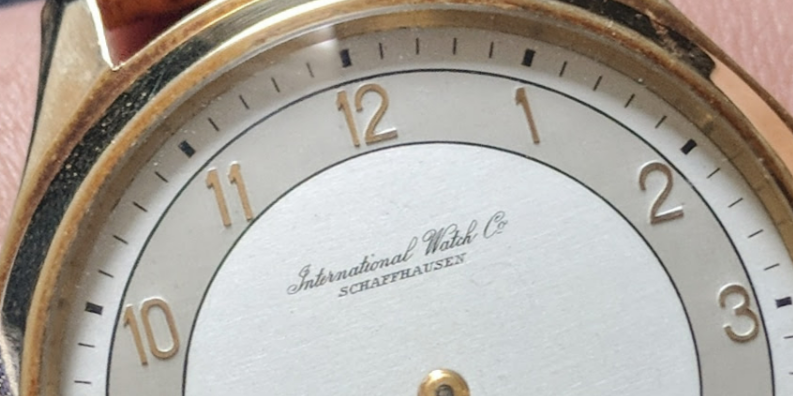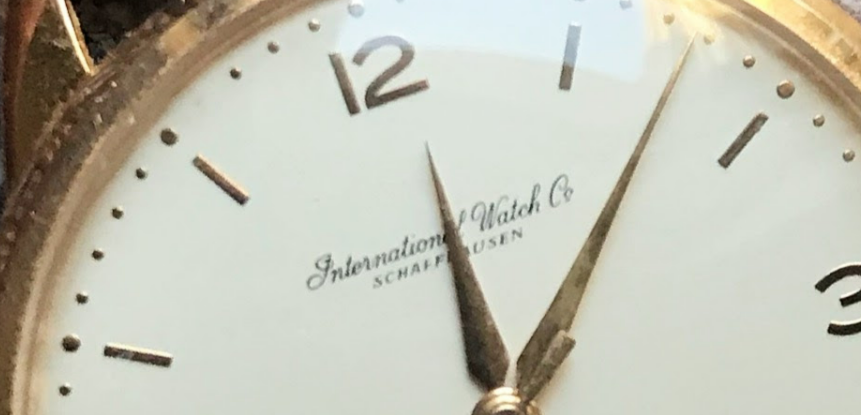nitediver
·I have seen this vintage IWC Cal 89 at my watchmaker with wonderful guilloche dial. However similar to the VC dial question i posted, i am doubtful the dial is original - it seems to be a reprint. The dial is simply too clean for such an old watch, with no signs of aging. Also the quality of the IWC print seems substandard upon close inspection.
Opinons please.
thanks,
Stefan
Opinons please.
thanks,
Stefan
